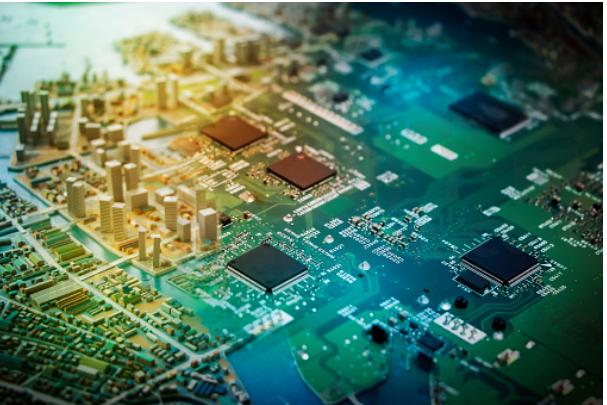Revolutionizing Power Conversion: The Bidirectional Converter

The world we live in today is driven by technology. From mobile devices to electric cars, technology has revolutionized the way we live our lives. One area where technology has made significant strides is in power conversion. Power conversion is the process of converting one form of electrical energy to another. This process is crucial in many applications such as renewable energy systems, electric vehicles, and industrial automation systems. The conventional power converters, however, have limitations in terms of efficiency, cost, and reliability. It is in addressing these limitations that the Bidirectional Converter has emerged as a game-changer in power conversion.
The bidirectional converter is a power converter that can operate in both directions, i.e., it can convert electrical energy from AC to DC and from DC to AC. This capability allows it to perform several functions such as energy storage, power buffering, and regenerative braking. The bidirectional converter is typically used in renewable energy systems such as solar and wind power systems to convert the DC power generated by the panels or turbines into AC power that can be fed back into the grid. It can also be used in electric vehicles to convert the DC power stored in the battery into AC power to drive the motor and vice versa while regenerative braking.
The bidirectional converter has several advantages over the conventional power converters. Firstly, it is more efficient since it can operate in both directions. This means that it can convert energy efficiently both when charging and discharging. Secondly, it is more cost-effective since it eliminates the need for separate converters for charging and discharging. Thirdly, it is more reliable since it can ensure continuous power supply by switching between modes as needed.

Fig.1
The bidirectional converter is a complex system that requires sophisticated control algorithms to operate effectively. The control algorithms must ensure that the converter operates at optimal efficiency and reliability while also maintaining the required power quality. The control algorithms must also ensure that the converter operates safely by monitoring and protecting against over-voltage, under-voltage, over-current, and short-circuit conditions. The development of these algorithms has been made possible by advances in control theory and the availability of powerful control hardware such as digital signal processors.
In conclusion, the bidirectional converter is a revolutionary technology that has transformed power conversion. Its ability to operate in both directions has made it more efficient, cost-effective, and reliable than conventional power converters. The bidirectional converter has found applications in renewable energy systems and electric vehicles. The development of sophisticated control algorithms has enabled the bidirectional converter to operate at optimal efficiency and reliability while ensuring power quality and safety. The future of power conversion is undoubtedly in bidirectional converters, and we can expect to see more applications of this technology in the coming years.
- +1 Like
- Add to Favorites
Recommend
- Bidirectional Converter: A Tool for Seamless Data Conversion in Both Directions
- Revolutionizing Energy Storage: The Bidirectional Converter Technology Explained
- Unleashing the Power of Communication: The Advantages of a Bidirectional Converter
- Exploring the Functionality and Benefits of a Bidirectional Converter
- Bidirectional DC-DC Converter: An Efficient Solution for Power Conversion
- Unlocking the Power of Bidirectional Converters
- Bidirectional DC-DC Converter: An Innovative Solution for Efficient Power Conversion
- Bidirectional DC DC Converter: A Comprehensive Overview
This document is provided by Sekorm Platform for VIP exclusive service. The copyright is owned by Sekorm. Without authorization, any medias, websites or individual are not allowed to reprint. When authorizing the reprint, the link of www.sekorm.com must be indicated.





























































































































































































































































































































































































































































































































































































































































































































































































































































































